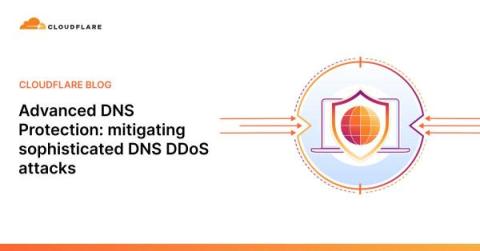What Is Kerberoasting and How to Prevent it
Kerberoasting is a form of cyber attack that targets service accounts using the Kerberos authentication protocol. Attackers exploit the authentication protocol to extract password hashes and crack the plaintext passwords attached to the account. These attacks are prevalent because they can be difficult to notice and mitigate.











